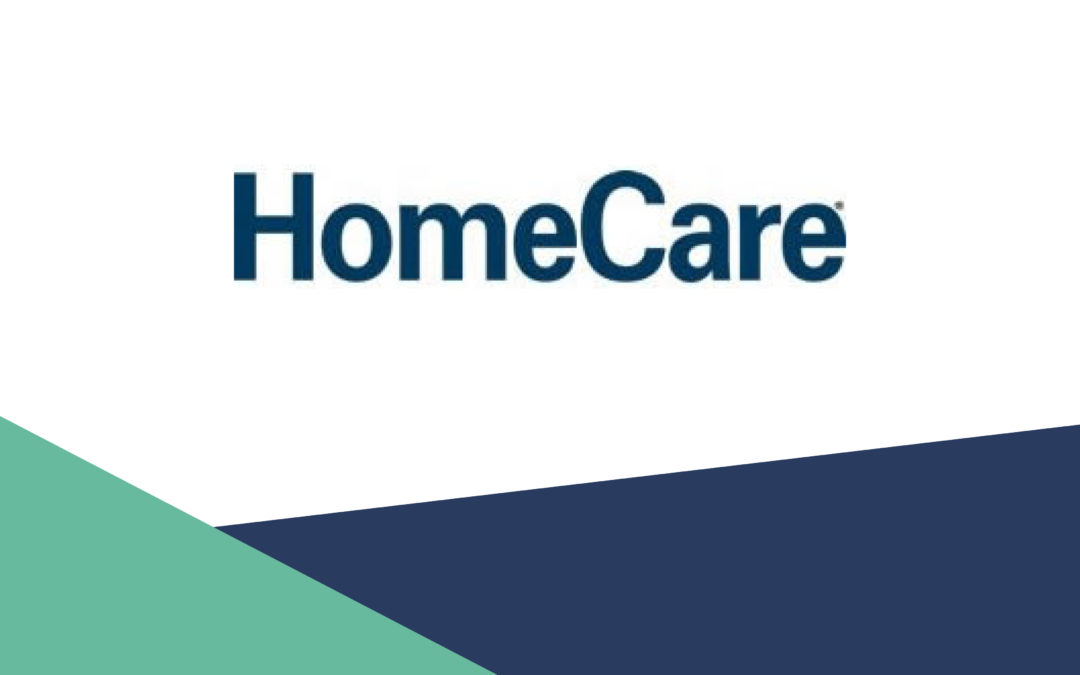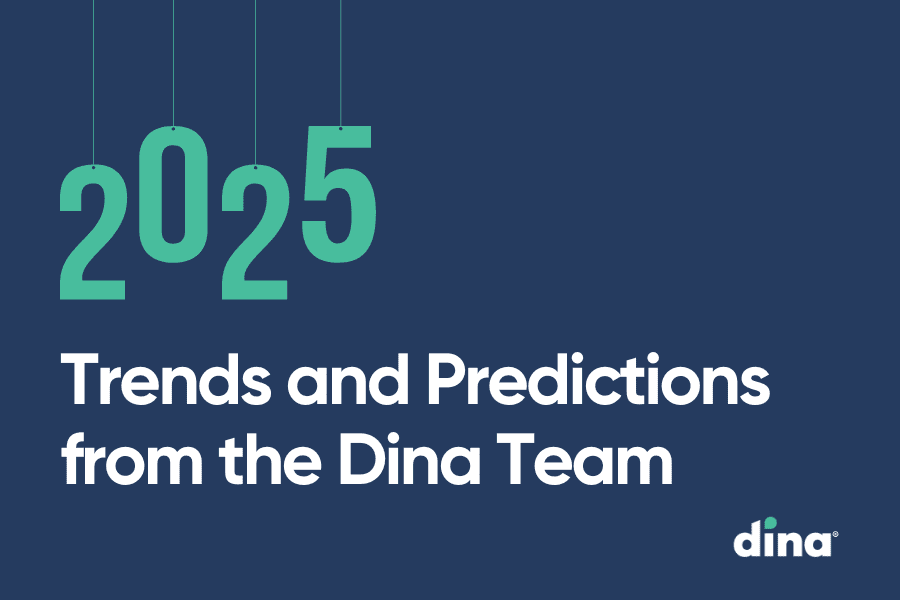
Payers determine the level and frequency of home care needed to keep patients healthy and safe at home. Home health agencies bring these care plans to life through the day-to-day care of patients in their homes, with little or no feedback returning to the patient’s clinical team or payer. But as the industry moves to a patient-centered focus, home health agencies need to be part of the clinical decision-making process.
Home health aides are uniquely positioned to capture rich and timely data while caring for patients in the home. But data alone is not enough to impact outcomes. The real value comes from coupling point-of-care data with actionable insights for care.
Currently, most home health agencies don’t have the technological tools needed to quantify observations and outcome measures in the home. But these types of tools can provide a better approach to value-based care and population health initiatives. By embracing technology-based solutions, an agency can:
- Equip home health aides with a simple mobile platform to capture insights;
- Automate the surveillance of daily patient check-ins with cloud-based artificial intelligence (AI); and
- Provide real-time escalation and intervention to payers, hospitals or other risk-bearing providers.
Coaching Homecare Workers with Technology
Home health aides know their patients well and recognize when they are not acting like themselves. They may notice subtle changes; perhaps a patient is a little unsteady on their feet or is more thirsty or drowsy than usual. These slight shifts in behavior might be warning signs of something more complex.
To capitalize on these insights, home health agencies can coach homecare workers so they can perform higher level tasks. With the right mobile tools, aides can conduct simple assessments, monitor important changes in behavior and unlock real-time information with critical clinical potential. Using standardized measures, aides can easily monitor items such as pressure ulcer risk, pain, readiness for discharge, nutrition risk, activities of daily living, fall risk and caregiver strain.
The goal is to uncover even the smallest change in condition before it develops into a risk incident or crisis.
Real-Time Escalation Management in the Cloud
AI can help identify and prioritize clinical action items by combining a patient’s longitudinal record with real-time insights and assessments in the home and transforming them into concrete recommendations that might not be obvious to a caregiver.
Clinical supervisors can then use this information to escalate change requests and improvements to care plans. With cloud-based tools, payers, hospitals and other licensed professionals are connected and can work efficiently to find the best care solutions for patients in the home.
Technology-enabled tools are the critical facilitator that transform information from the home into meaningful and relevant data. When mobile technology is coupled with an AI-backed clinical recommendation engine, home health agencies are newly empowered in the decision-making process. They have a way to quantify the patient experience and can initiate a new level of information exchange between the agency, clinicians and payers. This gives payers the opportunity to offer feedback and adjust prescribed actions for a solution that’s a better fit for the patient.
By Erin Karam, Dina’s CTO
Read part 2: Care Traffic Control: 6 Steps to Launch a Value-Based Care Model




